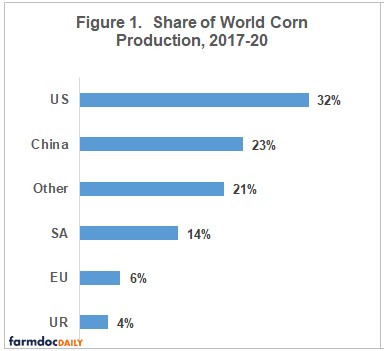- Aprovia (FRAC Group 7; 5.5 fl oz/A)
- Fontelis (FRAC Group 7; 16 fl oz/A)
- Miravis (FRAC Group 7; 3.4 fl oz/A)
- Sercadis (FRAC Group 7; 4.5 fl oz/A)
- Luna Tranquility (FRAC Groups 7 + 9; 11.2 fl oz/A)
- Luna Sensation (FRAC Groups 7 + 11; 5 fl oz/A)
- Merivon (FRAC Groups 7 + 11; 5 fl oz/A)
- Pristine (FRAC Groups 7 + 11; 14.5 – 18.5 oz/A)
When necessary, rotate FRAC Group 7 fungicides with the following:
- Cevya (FRAC Group 3; 5 fl oz/A)
- Indar (FRAC Group 3; 8 fl oz/A)
- Inspire Super (FRAC Groups 3 + 9; 12 fl oz/A)
- Scala (FRAC Group 9; 5 – 10 fl oz/A)
- Vangard (FRAC Group 9; 5 oz/A)
As a reminder: Tank mix fungicides with a rainfast mancozeb. If rain persists during this important period, please keep coverage on your trees, even if that means spraying in the rain. Avoid spraying during heavy rain events; light rain or misting is ideal. Use broad-spectrum fungicides when spraying in the rain: mancozeb, ziram, or sulfur.
Bitter Rot
We have preliminary data suggesting bloom could be a critical time to start bitter rot management. During our bitter rot studies the last few years, we have discovered there are multiple species of Colletotrichum causing bitter rot in Pennsylvania. After evaluating them for fungicide sensitivity, these fungicides are your best bet for management during bloom through petal fall:
- Aprovia (FRAC Group 7; 5.5 fl oz/A)
- Fontelis (FRAC Group 7; 20 fl oz/A)
- Merivon (FRAC Groups 7 + 11; 5 fl oz/A)
- Pristine (FRAC Groups 7 + 11; 14.5 – 18.5 oz/A)
Fire Blight Management
Many PA growers have been experiencing bloom since mid-April. Fortunately, the cool temperatures are not favoring fire blight development.
As a reminder for the minimum requirements for blossom infection and the order in which they must occur are:
- Flowers must be open with petals intact (flowers in petal fall are resistant)
- An accumulation of at least 198-degree hours above 65ºF
- A wetting even as dew or rain
- An average daily temperature of 60ºF
If a protracted bloom occurs, it is important growers remain vigilant. There are many NEWA stations in Pennsylvania and growers can refer to the nearest one to their location to double-check the risk for fire blight.
For growers in Pennsylvania whose bud development is lagging behind the southern half of the state, please review strategies for early season disease management outlined in the March 26, 2020, Fruit Times 2020 Disease Update:
2020 Disease Update: Optimizing Apple Scab and Fire Blight Management

Source : psu.edu